System Specs:
- Stellar Mass: N/A Sol Masses
- Stellar Class: K
- Luminosity: N/A Sol
- Planets: 5
- Moons: 0
- Asteroid Belts: 0
- Asteroids: 0
- Objects: 0
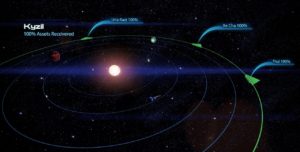
–
Planets Directory:
- Naskral
- Heshtok
- Parasc
- Lihrat
- Rustaka
–
Naskral:
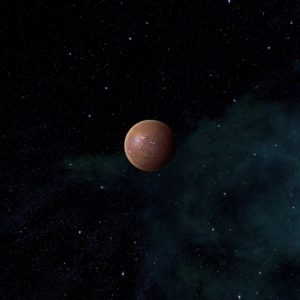
- Orbital Distance: 0.37 AU
- Orbital Period: 0.3 Earth-years
- Keplerian Ratio: 0.563
- Radius: 1,754 km
- Day Length: 0.3 Earth-hours
- Atmospheric Pressure: Trace atm
- Surface Temp: 156 °C
- Surface Gravity: 0.41 g
- Mass: 0.031 Earth-masses
Naskral is a small, hot, tidally locked inner planet that had modest minerals development on its dark side. Within a generation of the vorcha’s first contact with spacefaring species, robo-mining interests attempted to exploit it only to find their trading partners violently overthrown on a regular basis. The vorcha’s own culture disenfranchised them in Naskral’s case, as their legal claims to the planet were inevitably backed up by violence as a show of dominance. This nuance was lost on the mining corporations, who hired mercenaries to guard their operations with lethal force and never surrendered it to vorcha claimants.
The Reapers sent a small force to destroy Naskral’s orbital stations and surface facilities. There is no indication that there are any survivors.
–
Heshtok:
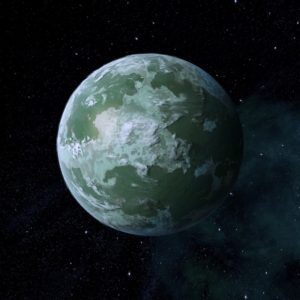
- Orbital Distance: 0.75 AU
- Orbital Period: 0.72 Earth-years
- Keplerian Ratio: 0.814
- Radius: 3,902 km
- Day Length: 44.9 Earth-hours
- Atmospheric Pressure: 0.27 atm
- Surface Temp: 32 °C
- Surface Gravity: 0.695 g
- Mass: 0.258 Earth-masses
- Homeworld: Vorcha
Capital: Hatash (disputed), lack of census data spreads estimates from 6.0−9.3 billion (pre-invasion; before The Reapers)
A Systems Alliance official once summarized his tour of the vorcha homeworld as follows: “You can make your own Heshtok in two steps: take hell, then add vorcha.” The planet is highly volcanically active, leading to periodic releases of toxic gases into the air and water supplies, as well as other extreme situations that gave rise to the vorcha’s legendary adaptability. Overcrowding and the extermination of most of their ecology led to a planet covered in weeds and hardy vermin.
The vorcha do not have a recognized single government that would allow them membership in any galactic league. Alliances between bloodlines are tenuous at best, and the vorcha’s short, violent lives ensure there are few lasting institutions.
The Reaper invasion of Heshtok encountered little formal military resistance, but the harvesting process is slow. Destroying neighboring cities fails to intimidate vorcha, who become submissive only if physically dominated in person. Cutting off their water supply simply makes them adapt their bodies to get moisture from food. Allied intelligence hypothesizes that Reaper forces are not harvesting yet, instead seeking to immobilize Heshtok’s population and prevent them from joining the fight for the galaxy at large.
–
Parasc:
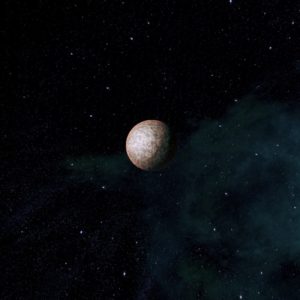
- Orbital Distance: 1.7 AU
- Orbital Period: 2.5 Earth-years
- Keplerian Ratio: 0.786
- Radius: 2,283 km
- Day Length: 49.1 Earth-hours
- Atmospheric Pressure: Trace atm
- Surface Temp: −85 °C
- Surface Gravity: 0.32 g
- Mass: 0.041 Earth-masses
- Colony: Vorcha
A lifeless desert, Parasc was colonized soon after first contact with the vorcha. Several asari mining corporations, working with a siari-based charity called Mind and Hand, built settlements on the planet’s surface and orbital stations. Adopting vorcha orphans from Heshtok, they raised them to live nonviolent lives and employed them in the mining industry.
While Mind and Hand’s efforts were at first labeled colonialist, the orphans became minor celebrities when it was discovered that the vorcha habit of using violence to communicate was not completely innate. Several spoke throughout Citadel space on behalf of their species, but their short life spans kept their careers very brief. Even today, companies that want vorcha labor have the poor choice between adopting and educating them as youngsters just to watch them age and die or dealing with autonomous but violent adults.
The Reaper invasion devastated Parasc. Its industrial capacity was ruthlessly targeted, and the vorcha mining communities were exterminated. The only silver lining is that the deaths here have created martyrs, inspiring other alien-raised vorcha to fight for their galaxy.
–
Lihrat:
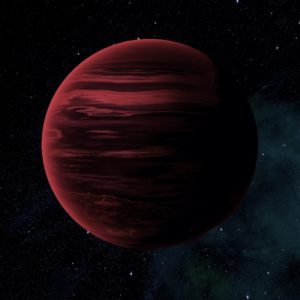
- Orbital Distance: 3.5 AU
- Orbital Period: 7.3 Earth-years
- Keplerian Ratio: 0.805
- Radius: 72,280 km
- Day Length: 11.9 Earth-hours
- Atmospheric Pressure: N/A atm
- Surface Temp: N/A °C
- Surface Gravity: N/A g
- Mass: N/A Earth-masses
The hydrogen-helium gas giant Lihrat was the site of a brief and decisive battle between vorcha and Reaper forces. It was impoliticly characterized on the news vids as “millennia-old death machines versus a gang of teenagers,” a reference to the vorcha’s brief life spans and inexperience. In reality, many of the ships were commanded by other species to avoid this shortcoming, but the insult still sticks.
The defenders outnumbered the Reapers, but their force was comprised of light ships suitable to a militia, since never before had it been in anyone’s best interest to allow vorcha to build a dreadnought. Superior Reaper firepower soon wiped out the vorcha fleet, and the fuel infrastructure around Lihrat was pulverized. Rumors abound that the Reapers did not lose a single ship.
–
Rustaka:

- Orbital Distance: 7.1 AU
- Orbital Period: 21.2 Earth-years
- Keplerian Ratio: 0.796
- Radius: 32,734 km
- Day Length: 14.5 Earth-hours
- Atmospheric Pressure: N/A atm
- Surface Temp: N/A °C
- Surface Gravity: N/A g
- Mass: N/A Earth-masses
This methane-ammonia gas giant was swept past during the Reaper invasion, and once its helium-3 collection equipment was destroyed, it was largely ignored. Vorcha ships that survived the attacks on Heshtok and Lihrat can be found discharging their drive cores here before making spy sorties or retreating further into space.
–
–
video






